The Amazon clock is just a clock
Counting down to Bezosgeddon in 3 ... 2 ...
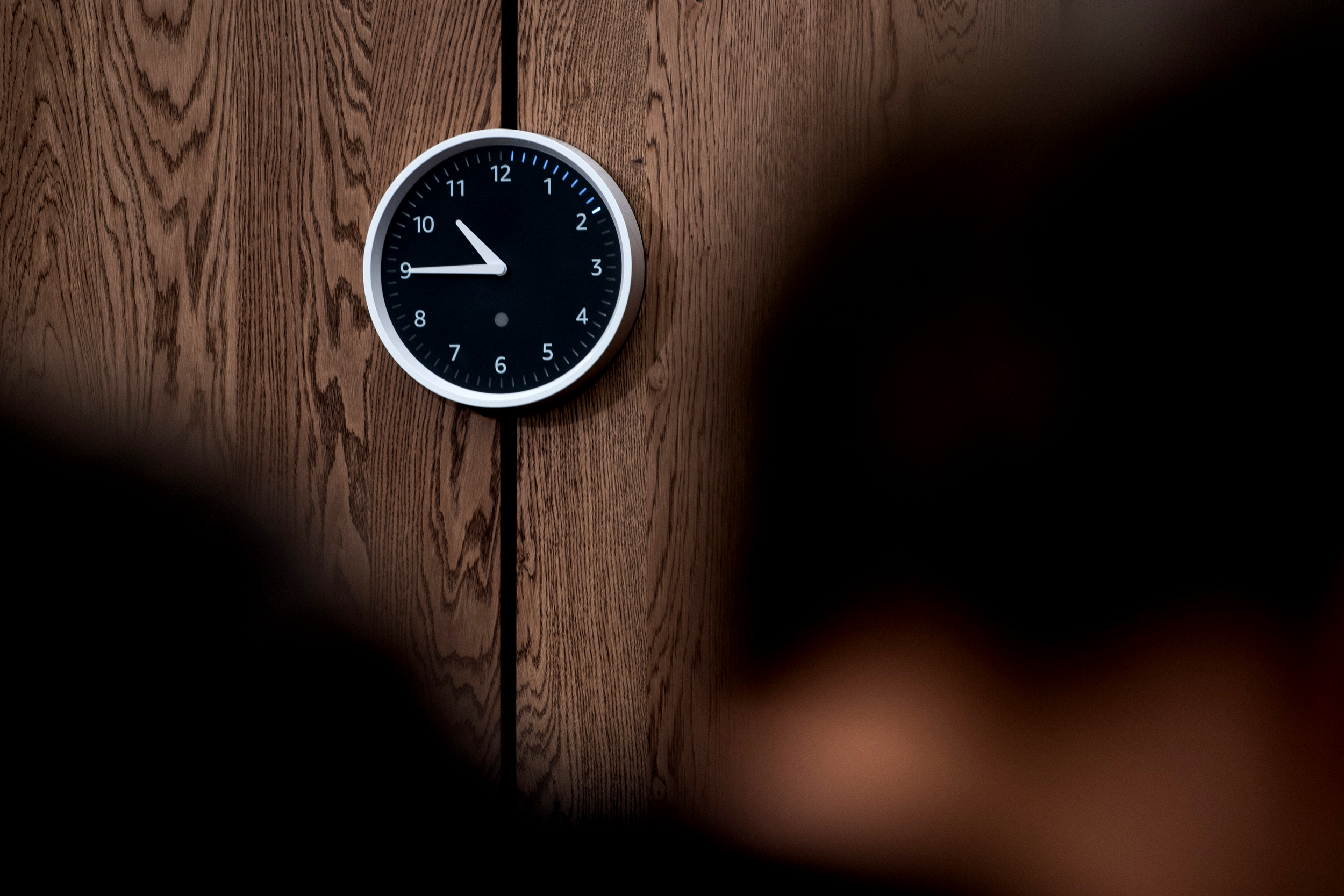

Has Jeff Bezos disrupted the clock industry with ... a clock?
For the second year in a row, Amazon has "surprised" the tech industry with a "secret" product unveiling event, designed to hawk the latest and greatest ways the company is slowly infiltrating every aspect of your life. In its Thursday announcement, Amazon debuted a "smart microwave," a thingy you put on your car dashboard (presumably for when you remember you are out of Tide Pods while driving), an amplifier, a subwoofer, and, yes, an analog clock.
Though unassuming, the Echo Wall Clock (yes, its real name) might be the best example of how seductively Amazon is taking over the screenless computing space. I both want to smash that clock with a sledgehammer, and put it on my wall, where it will presumably spy on me.
The Week
Escape your echo chamber. Get the facts behind the news, plus analysis from multiple perspectives.

Sign up for The Week's Free Newsletters
From our morning news briefing to a weekly Good News Newsletter, get the best of The Week delivered directly to your inbox.
From our morning news briefing to a weekly Good News Newsletter, get the best of The Week delivered directly to your inbox.
So what marvelous features is Amazon, purveyor of over 20,000 clocks already, according to its search results, hoping to entice us with? What does this thing even do?
First, like other wall clocks, the Echo Wall Clock hangs on your wall. It does not do this in a visually pleasing manner, however. In fact, it gives me flashbacks to the clock that loomed over me in sixth period, which I swear actually ran backwards. Maybe if you are going for an "aseptic waiting room/characterless midtown office" vibe in your apartment, it will fit in. Otherwise, I have no idea why you would willingly put it up on your wall.
This is not a nitpick. Because we have clocks on our phones that tell us the darn time without us needing to count little ticks along their borders, the only reason to have an analog clock in the first place is because of how it looks. We all agree that hanging a red digital time bar in your kitchen like you're chopping onions in the New York Stock Exchange isn't a good idea, so, hey, classing it up with a vintage timekeeping method makes a modicum of sense. But why then did Amazon make the Echo Wall Clock as hideous as possible?
Apparently the redeeming feature of the Echo Wall Clock is the "clever ring of LEDs" that show you your timers. That means that when you have Amazon's virtual assistant, Alexa, counting down how many minutes until you have to move clothes from the washer to the dryer, you at least get an at-a-glance visual representation of the passage of time. If you are multitasking — doing laundry and racing to complete the Sunday New York Times crossword puzzle in under 15 minutes — then you get a second LED rim. This seems like a relatively inessential feature to justify hanging up this monstrosity on your wall.
A free daily email with the biggest news stories of the day – and the best features from TheWeek.com
One of the biggest selling points of the Echo Wall Clock, though, is that it — wait for it — automatically adjusts for daylight saving time.
It might be a relief that after 100 years or so of daylight saving time, we finally have a clock that springs ahead and falls back, at least until you realize that our phones and computers have been doing it for years. While yes, you won't have to take your Amazon device off your wall to wind it forward, it would be kind of appalling if it didn't adjust for daylight saving time. That this is one of the main selling points shows just how pointless the whole concept is.
So why would anyone shell out $29.99 for a clock that Amazon will definitely spy on you with? Because this is the future.
As stupid as it might feel wandering around your house talking to your microwave and saying "please" and "thank you" to your archaic-looking timepiece, research firm Gartner has estimated that 30 percent of all computing will be on devices like the Echo Wall Clock by the year after next. Amazon already has a 70 percent share on home devices, The Wall Street Journal reports, and through skillful marketing and hyped-up events like Thursday's reveal, they are making very sure you can't have just one. You might not understand exactly why it is important for your bathroom clock to be able to communicate with your microwave to be able to communicate with your car, but isn't it cool that it can? And wouldn't it be even cooler if your couch and your kid's crib and your blinds all "talked" to each other, too?
In every technological revolution, there will be the luddites, the people destroying the cotton mills, the people warning against getting in a car in case your brain flies out of your head. Perhaps ugly Echo Wall Clocks really are the future we want; one so interconnected and branded that we aren't really sure why we hung this thing up on the wall in the first place, just that we are reassured by the fact that if we need to set a timer RIGHT NOW and OUT LOUD, we can do it.
Here's the thing, though. René Magritte's The Treachery of Images is funny because it shows us a pipe, but tells us Ceci n'est pas une pipe. Now Amazon has shown us a clock — one that has timers and can adjust itself to daylight saving time, perhaps, but still a clock — and told us that without it, we are falling behind.
But sometimes a clock is just a clock.
Jeva Lange was the executive editor at TheWeek.com. She formerly served as The Week's deputy editor and culture critic. She is also a contributor to Screen Slate, and her writing has appeared in The New York Daily News, The Awl, Vice, and Gothamist, among other publications. Jeva lives in New York City. Follow her on Twitter.
-
 Farage’s £9m windfall: will it smooth his path to power?
Farage’s £9m windfall: will it smooth his path to power?In Depth The record donation has come amidst rumours of collaboration with the Conservatives and allegations of racism in Farage's school days
-
 The issue dividing Israel: ultra-Orthodox draft dodgers
The issue dividing Israel: ultra-Orthodox draft dodgersIn the Spotlight A new bill has solidified the community’s ‘draft evasion’ stance, with this issue becoming the country’s ‘greatest internal security threat’
-
 Codeword: December 13, 2025
Codeword: December 13, 2025The daily codeword puzzle from The Week
-
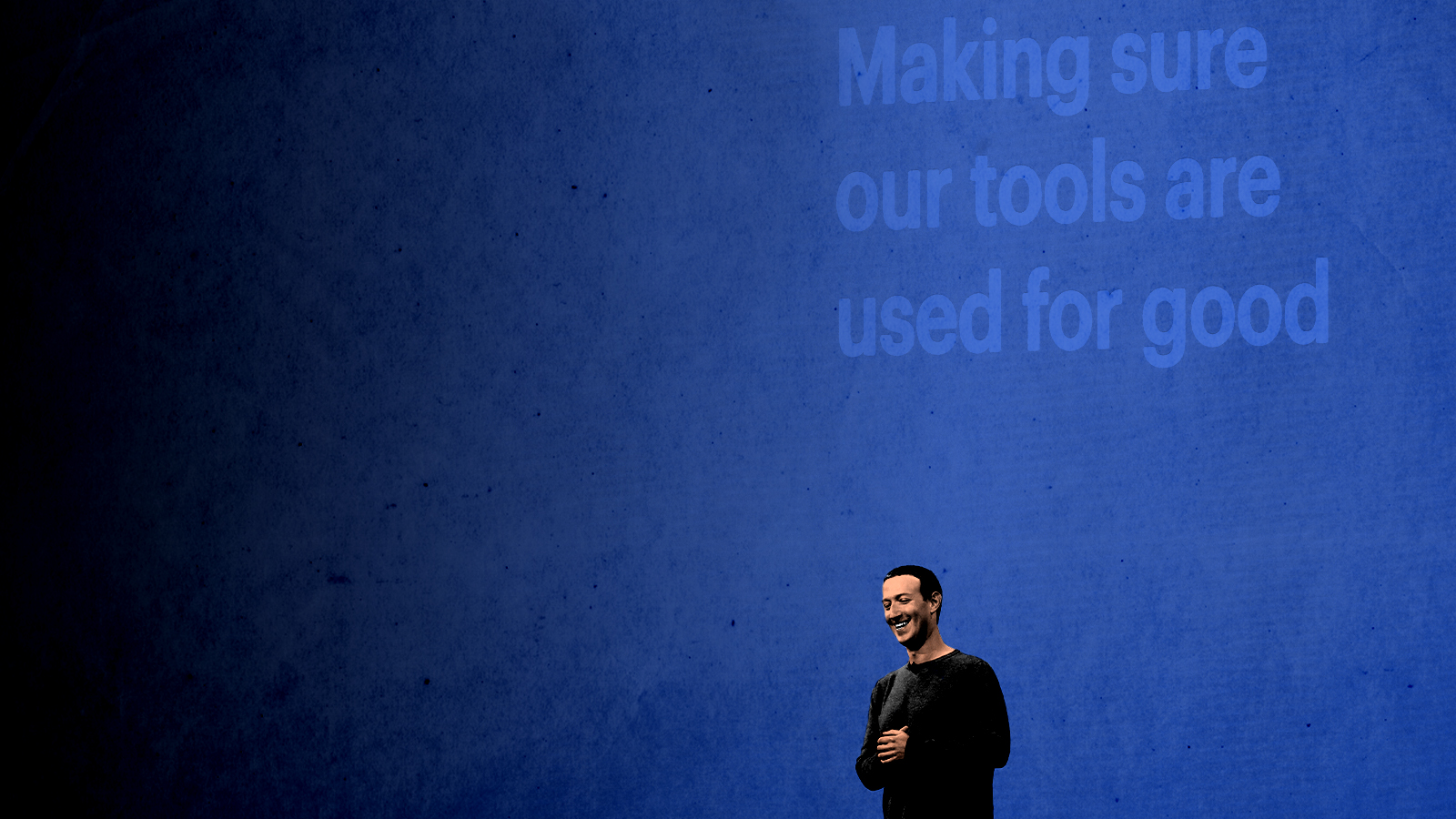 How do you solve a problem like Facebook?
How do you solve a problem like Facebook?The Explainer The social media giant is under intense scrutiny. But can it be reined in?
-
 Microsoft's big bid for Gen Z
Microsoft's big bid for Gen ZThe Explainer Why the software giant wants to buy TikTok
-
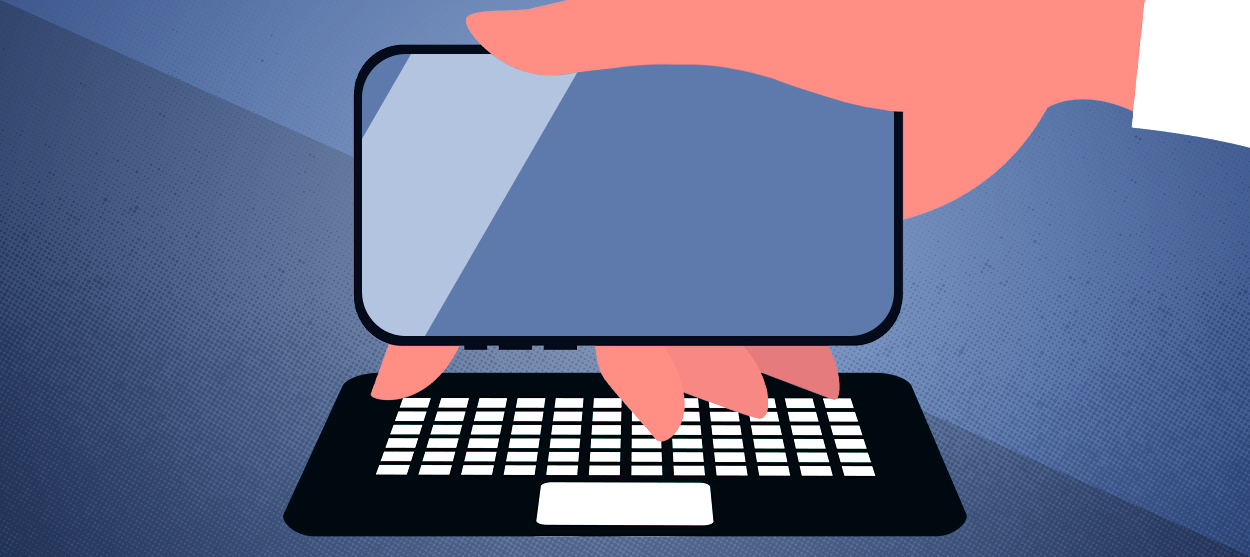 Apple is about to start making laptops a lot more like phones
Apple is about to start making laptops a lot more like phonesThe Explainer A whole new era in the world of Mac
-
Why are calendar apps so awful?
The Explainer Honestly it's a wonder we manage to schedule anything at all
-
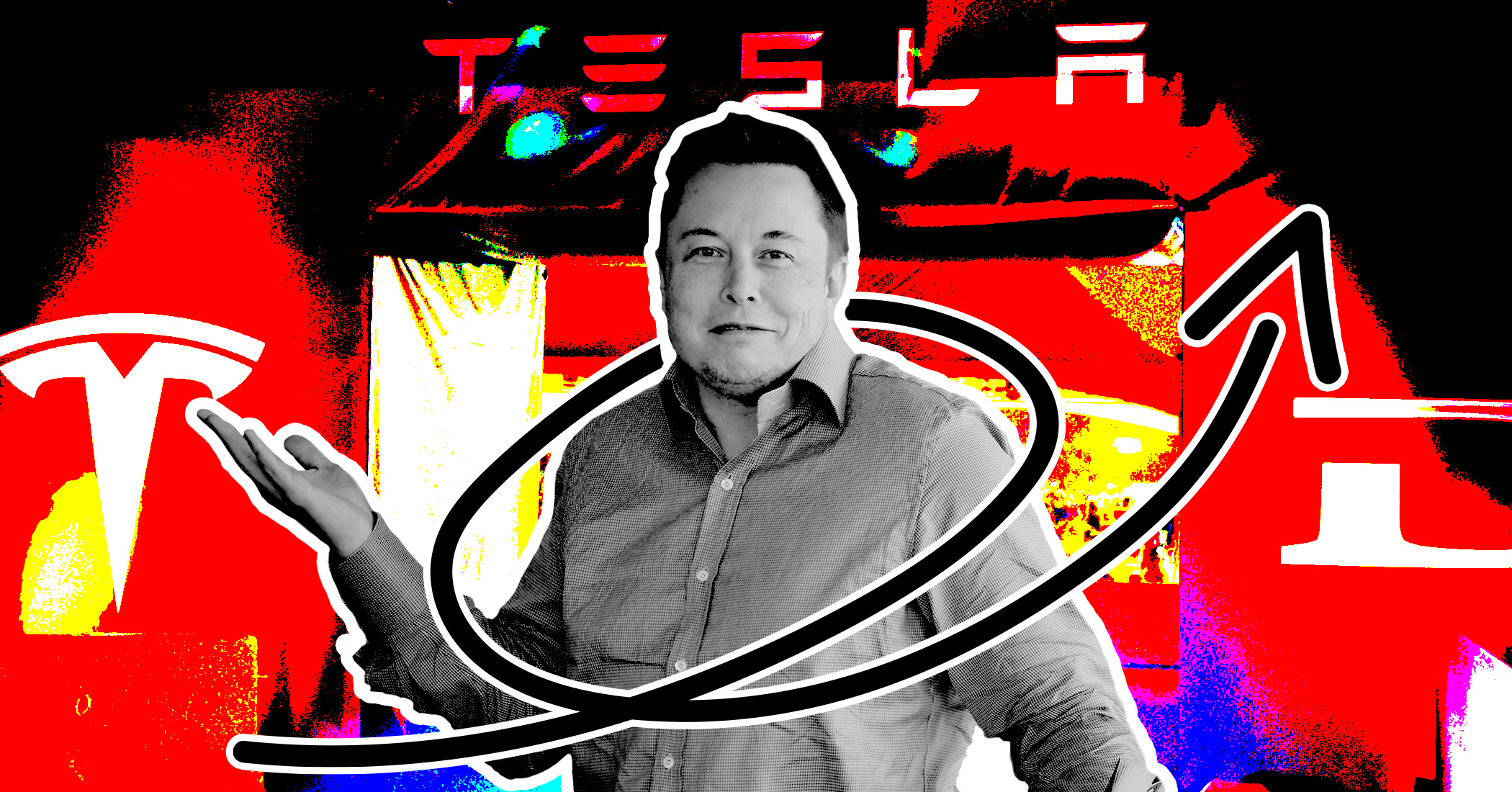 Tesla's stock price has skyrocketed. Is there a catch?
Tesla's stock price has skyrocketed. Is there a catch?The Explainer The oddball story behind the electric car company's rapid turnaround
-
 How robocalls became America's most prevalent crime
How robocalls became America's most prevalent crimeThe Explainer Today, half of all phone calls are automated scams. Here's everything you need to know.
-
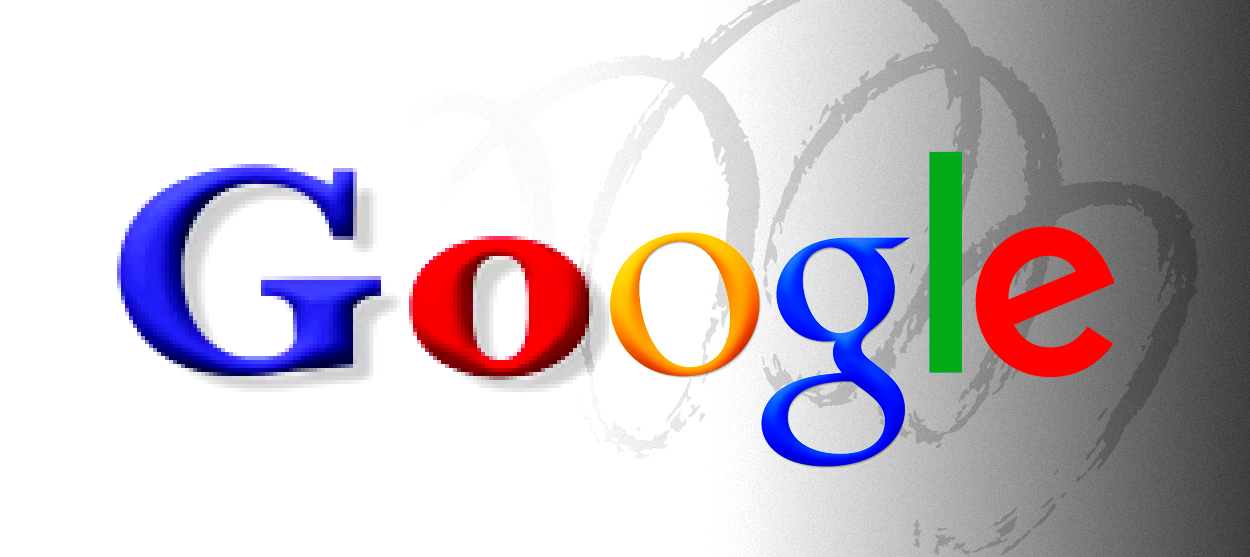 Google's uncertain future
Google's uncertain futureThe Explainer As Larry Page and Sergey Brin officially step down, the company is at a crossroads
-
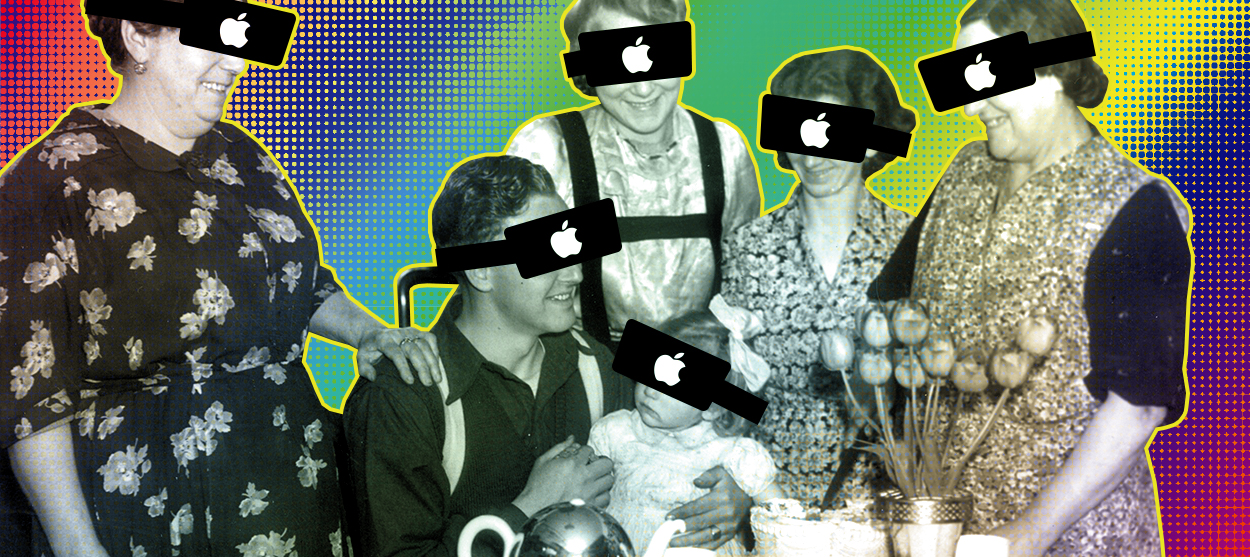 Can Apple make VR mainstream?
Can Apple make VR mainstream?The Explainer What to think of the company's foray into augmented reality
